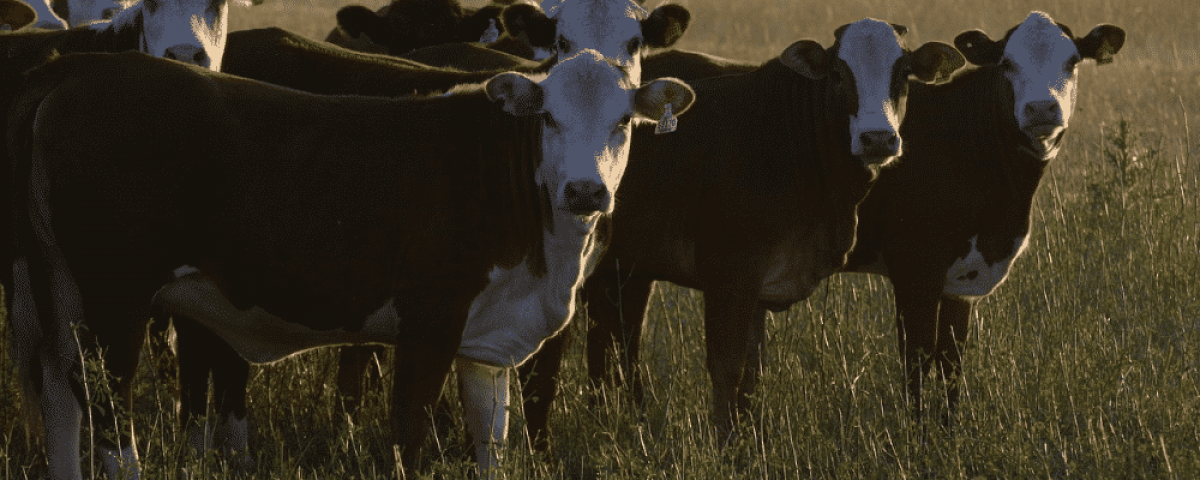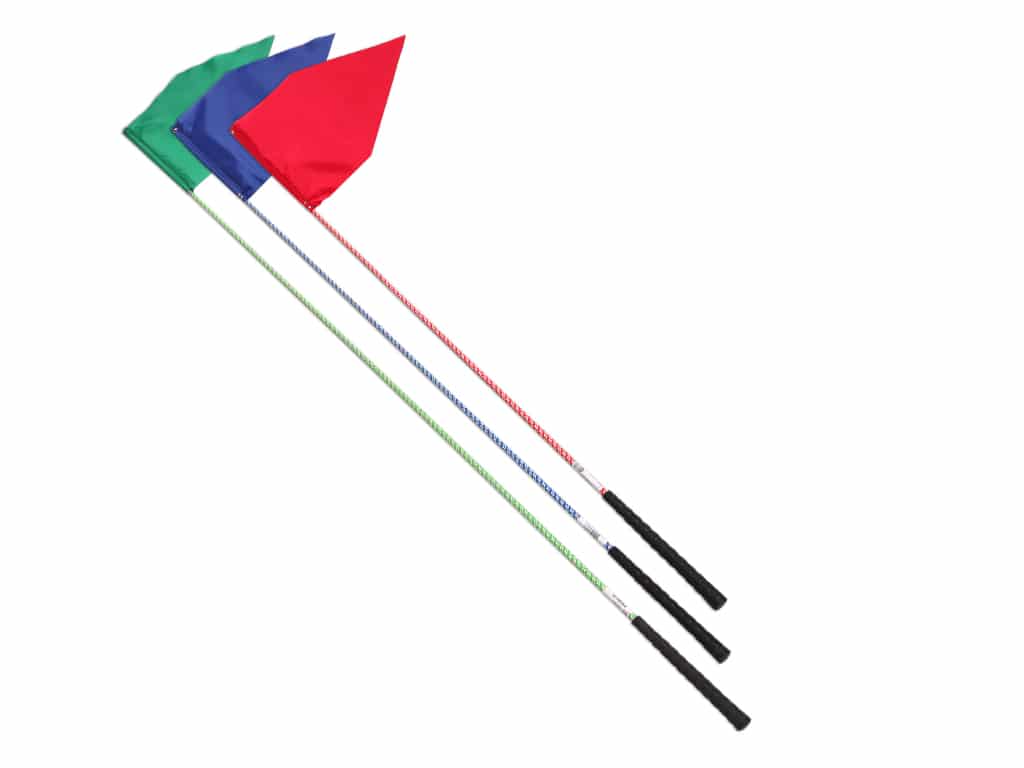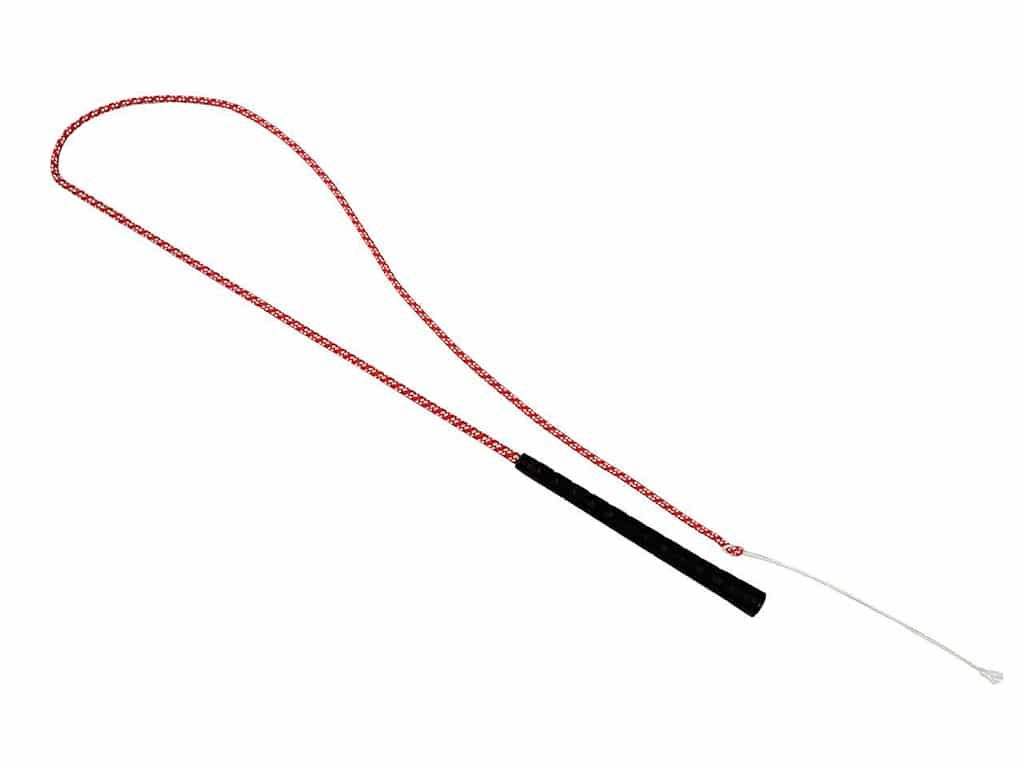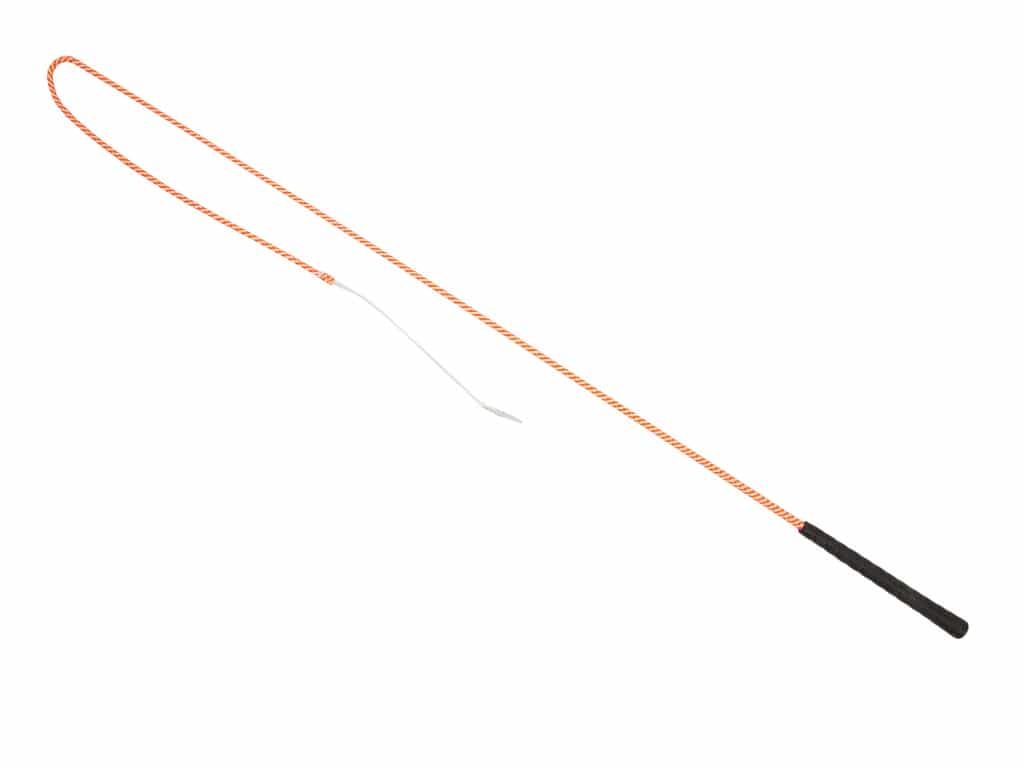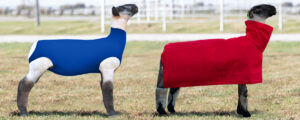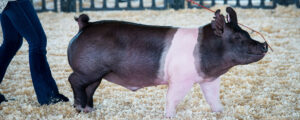The importance of integrating safe and effective practices when cattle herding has been established for years, but more recently, the emphasis on using techniques that minimize stress for the animals has come to the forefront. There are five effective simple ways to reduce stress when handling cattle which also have the potential to lead to a more efficient business model, as stress created during handling will lead to increased secretion of stress related hormones which has been shown to lower immunity in the herd. For more on techniques to use while sorting and moving cattle, check out this post on cattle basics. But it’s a great idea to integrate low-stress cattle handling techniques into all of your management procedures. It will lead to a healthier herd, as well as better growth and reproductive rates, which all add up to a higher profit.
Five Simple Ways to Reduce Stress When Handling Cattle
Understanding Behavior:
The first way to reduce stress when handling cattle is to understand how cattle react to different situations in general, and also how your own herd is likely to react based on their behavior. Having a basic understanding of cattle behavior and handling will help incorporate these simple cattle handling methods. Keep in mind that temperament in cattle is highly heritable, and you will benefit a great deal by learning the traits of your specific herd in deciding which techniques are best for integrating into your management. Read our blog post to learn more about understanding cattle behavior here.
Limit Noise:
The second way to reduce stress when handling cattle is to limit noise. Whether you’re separating calves from cows or branding, you’re working outdoors, it’s physical and it can become frustrating at times. However, loud noises, especially sudden ones, are going to frighten the herd and increase stress. So by reducing noise, you’ll also be reducing stress. And there’s actually an extremely cost-effective way to help you achieve less noise: use fewer people. Go with quality over quantity, and choose cattle hands that are more experienced. By minimizing the number of people working on the job, you’ll also be minimizing noise. And the overall job will become easier, because as Temple Grandin examines in this article, cattle that are not frightened are much more likely to stay where they are placed.
Go Slow and Be Subtle:
Move slowly and being subtle is the third way to reduce stress when handling cattle. When faced with an entire herd, it intuitively can make sense to use large movements, and when the cattle are moving quickly, it might seem like you should be too, as you try to communicate your goals. But cattle are sensitive animals. You want to ensure that you’re in a spot that is easily visible by the herd, but then you also want to slow down all of your movements, and try making them smaller overall. If you’ve always felt activities such as cattle sorting are inherently chaotic, you might be shocked by the results of introducing slower movements into your cattle handling. With time, the animals will actually be trained to respond to those slower, calmer movements, and will act accordingly, by moving more slowly and calmly themselves. Not only will this reduce stress, it will also make your task a whole lot easier.
Position Yourself Effectively:
The fourth way to reduce stress while handling cattle is in your position. While having the right facility set-up can go a long way to making cattle handling easier, it only works well if it’s fully implemented properly, and that often means positioning yourself effectively. In addition to being visible to the herd, as discussed above, you also want to make sure that your positioned to be most effective, taking into account the movement of the herd, how the fencing is positioned and what your goals are in handling the cattle. This means positioning yourself with intention, and it also means moving, as opposed to getting stuck in a single spot. While oftentimes a person’s position is on the far side of the gate, you should be prepared to move as the herd moves so that you are always in the most useful spot for directing the herd. Additionally, once you have fully applied low-stress techniques into your cattle handling you will also find how beneficial it is to remain in front of the herd. Without loud noises and stress as a part of their interactions with humans, cattle will naturally be drawn to the human leading the way. Check out these low stress cattle handling videos from Progressive Cattleman to see how effective proper placement and slow movements can be in cattle sorting.
Apply Pressure at the Right Time:
The final way to reduce stress when handling cattle is the art of applying pressure. There’s something of a myth that low-stress cattle handling is about not using pressure. And perhaps this has prevented some from adopting these useful practices. However, applying pressure is actually a key component of low-stress handling, but it’s all about the strategic application of pressure: using the right amount of pressure at the right times. This means using pressure only when cattle have a place to go, and releasing the pressure the moment it is no longer needed. Pressure is most effective when it is applied from the side. This allows the handler to direct the cattle, while also remaining in the field of vision of the animals. While there will undoubtedly be times when it is necessary to apply pressure from behind, this position should be avoided as much as possible, as it feeds into the cattle’s natural prey to predator response, thereby raising stress.
Integrating these five simple methods will reduce stress in your cattle, and studies have shown this has a bevy of advantages, including raising the rate of conception, decreasing incidents of lameness and even raising the quality of meat and amount of milk production.
At US Whip we offer a wide range of tools to assist in stress free cattle handling and sorting that will allow you to most effectively integrate these principles. Download our free product guide to see the many tools we offer at U.S. Whip.

